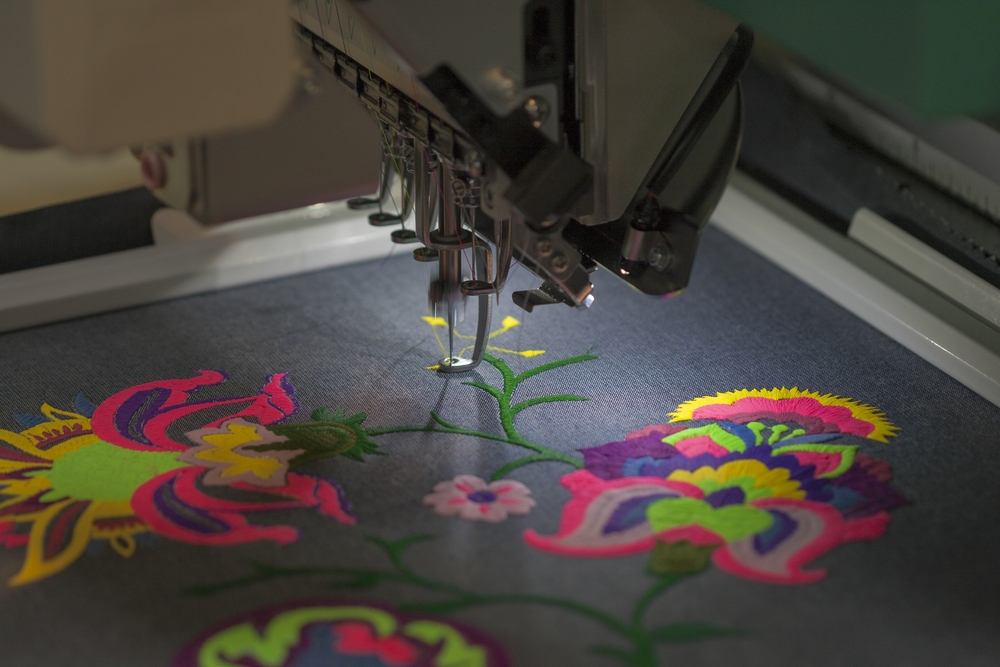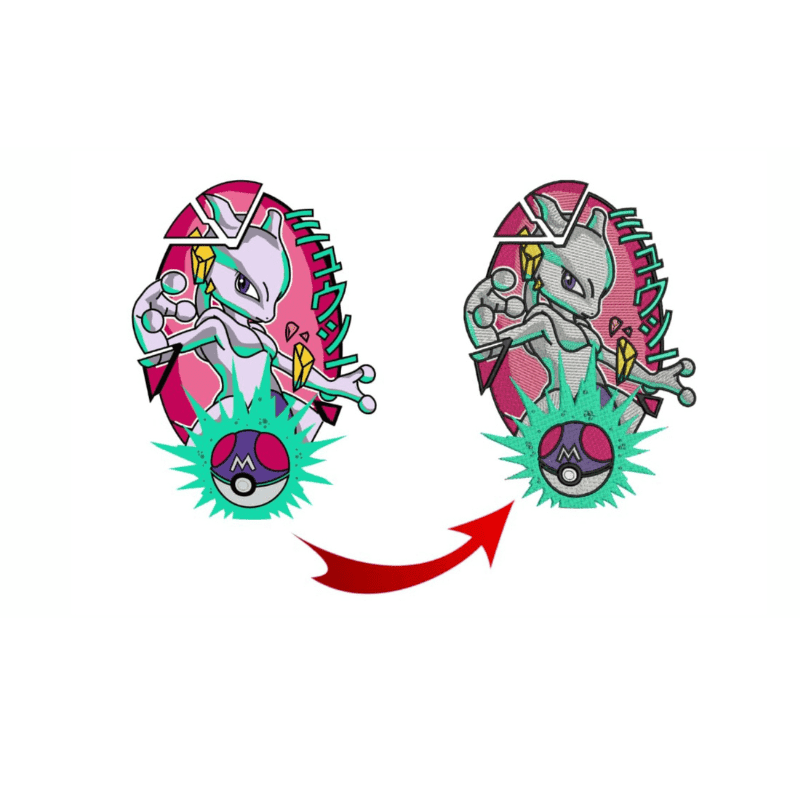Streamlining the Art of Needlework Digitizing: Step-by-Step Guide
Embroidery digitizing is a thorough craft that requires accuracy and creative thinking. As innovation continues to breakthrough, the digitization process has actually come to be a lot more easily accessible, allowing enthusiasts to bring their detailed styles to life easily. In this guide, we will certainly decipher the complexities of needlework digitizing, breaking down each step methodically to simplify the procedure and equip both beginners and seasoned embroiderers alike. Remain tuned to discover how you can streamline this detailed art type and transform your creative visions right into perfectly stitched masterpieces.
Understanding Needlework Digitizing Software Application
Embroidery digitizing software acts as a critical device for transforming complex layouts into digital layouts compatible with embroidery equipments, promoting precise sewing and customization. This specialized software application permits users to import different picture file formats, such as JPG or PNG, and convert them right into needlework machine-readable styles like DST, EXP, or PES - Digitizing for Embroidery. By making use of functions like stitch editing and enhancing, rug options, and string color option, digitizing software application makes it possible for customers to manage every facet of the style process
In addition, advanced embroidery digitizing software program provides devices for creating complicated designs, readjusting stitch density, and incorporating elaborate information. Users can likewise preview the layout prior to stitching it out, making sure accuracy and lessening mistakes. In addition, many software program programs supply automatic features that help improve the digitizing procedure, saving time and effort.
Recognizing the abilities of needlework digitizing software program is important for attaining top quality results in embroidery jobs. By mastering this device, embroidery lovers and experts can unleash their imagination and bring detailed designs to life with precision and efficiency.

Choosing the Right Design Documents
After acquainting on your own with the capacities of embroidery digitizing software program, the next essential step in the process is choosing the appropriate layout documents for your task. Digitizing for Embroidery. When picking a style documents for needlework digitizing, it's necessary to consider the complexity of the style, the size of the end product, and the sort of material you will certainly be collaborating with
For complex styles with fine information, a high-resolution picture or vector file is suggested to make sure that the needlework machine can accurately reproduce the style. In addition, the dimension of the end product plays a significant role in choosing the appropriate design data. Larger styles may need greater resolution files to maintain clarity and intensity.
In addition, the sort of material you will certainly be stitching on influences the selection of design data. Different textiles may require modifications in the design documents to make certain that the stitches are appropriately lined up and the design looks like meant. By carefully choosing the appropriate design data based on these variables, you can set yourself up for an effective needlework digitizing procedure.
Digitizing Devices and Strategies
Utilizing specialized software application and accuracy techniques, digitizing tools are essential in transforming elaborate layouts right into embroidery-ready data. Needlework digitizing software, such as Wilcom, Hatch, or Embrilliance, gives the needed system to convert artwork right into stitch data. These programs offer features like stitch modifying, rug alternatives, and text tools to make certain the style converts flawlessly onto my latest blog post material.
Among the essential techniques in digitizing is producing a clear path for the embroidery machine to follow. This includes digitizing each element of the layout with precision, establishing stitch types, densities, and instructions. By utilizing tools like digitizing tablet computers or software-specific plugins, embroiderers can accomplish a high level of precision in their digitized designs.
Moreover, understanding the art of underlay stitching is essential for generating quality needlework. Underlay stitching supports the fabric and develops a foundation for the layout, making sure that the last product is both aesthetically appealing and resilient. By understanding these digitizing tools and strategies, embroiderers can boost their craft and bring elaborate styles to life with accuracy and efficiency.
Customizing Stitch Kinds and Instructions
Having developed a foundation in digitizing devices and methods, a crucial element ahead of time needlework craftsmanship exists in personalizing stitch kinds and directions with accuracy and purpose. The choice of stitch types can considerably affect the general look and appearance of the stitched design. Satin stitches, known for their smooth and glossy finish, work well for creating borders and text. On the various other hand, fill stitches are perfect for covering larger areas effectively. By tactically integrating these stitch types, embroiderers can achieve deepness and dimension in their styles.
Additionally, the instructions of stitches plays an essential function in enhancing pop over to these guys the visual charm of the final embroidery. Varying stitch instructions can add texture, highlight particular aspects, and develop visual interest. Transforming the angle of stitches can mimic activity or natural patterns like hair or plumes. By exploring with various stitch angles and patterns, embroiderers can bring their styles to life with impressive information and ins and out. Understanding the art of tailoring stitch types and directions encourages embroiderers to release their creative thinking and raise the high quality of their job.
Screening and Refining Your Digitized Style
To ensure the accuracy and high quality of your digitized style, extensive testing and refinement are vital action in the embroidery digitizing process. Once you have finished the digitization of your design, it is important to evaluate it before proceeding with the actual needlework. Checking permits you to identify any type of possible concerns such as string breaks, stitch density try this website troubles, or style distortions that may affect the last outcome.

After screening, it is necessary to fine-tune your digitized style based on the responses from the examination sew-out. This might include tweaking stitch settings, adjusting thickness, or making modifications to the overall layout to achieve the desired outcome. By repeating via screening and improvement, you can adjust your digitized style to excellence before progressing with the real needlework process.
Final Thought
Finally, grasping the art of embroidery digitizing calls for an extensive understanding of the software, selecting the appropriate layout file, utilizing digitizing devices and strategies, personalizing stitch types and directions, and screening and improving the digitized style. By following these actions, embroiderers can simplify the digitizing process and create high-grade stitched designs with accuracy and efficiency.